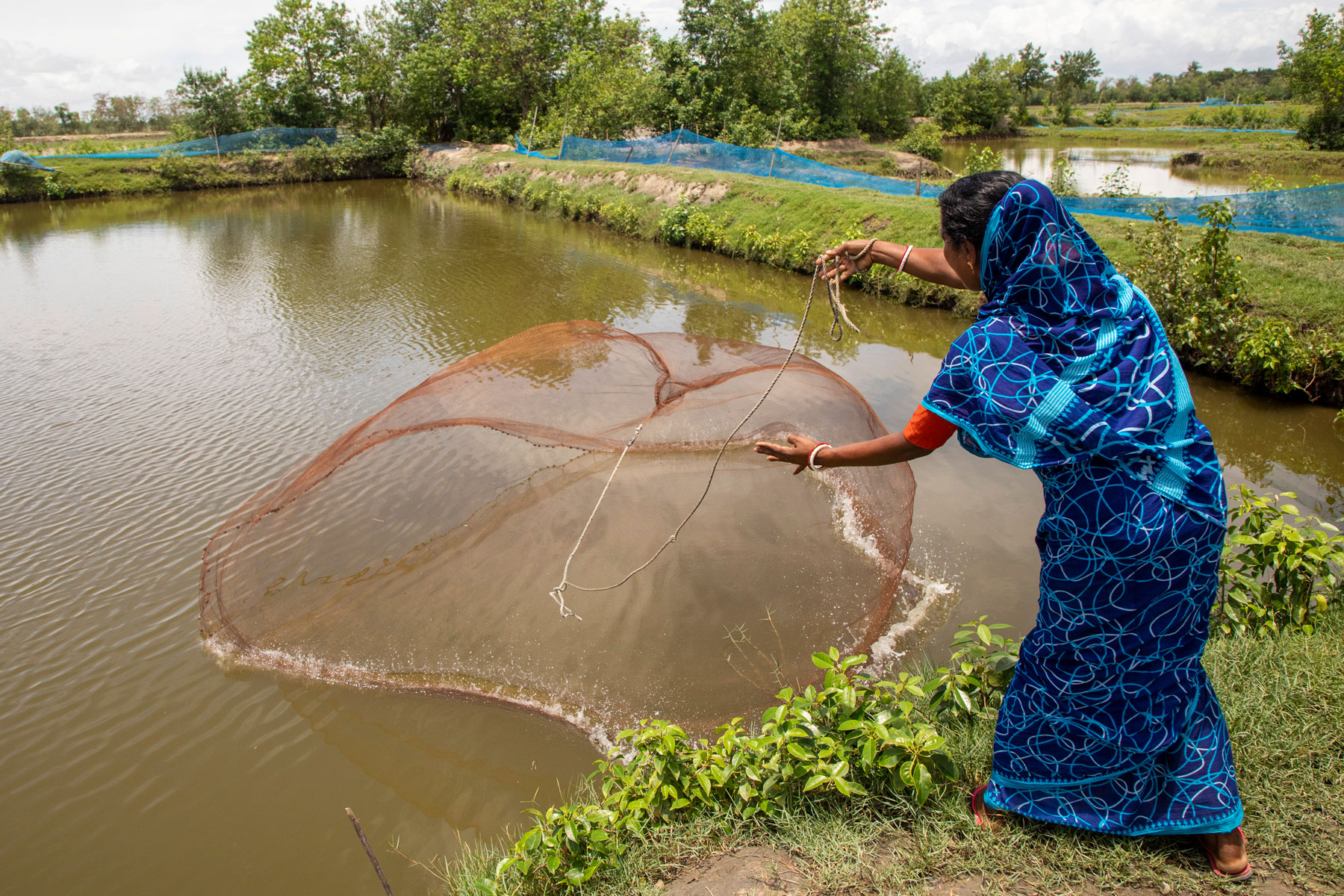
Volunteer Post
A new era in freshwater prawn hatcheries
Today’s blog entry comes from Dr. Bill Daniels from Auburn University, who recently completed a Farmer-to-Farmer volunteer assignment in Bangladesh.
“Bangladesh is a lush, green tropical country, at least during the rainy season, and the delta region has water everywhere. It is not surprising that it is the 5th largest producer of aquaculture products, but it could produce so much more. Its people and culture are also most hospitable and welcoming to the outsider. Despite the language barrier, people went out of their way to make the visit enjoyable.
According to the Department of Fisheries, aquaculture and fisheries provide employment of 17 million people in Bangladesh, 60% of animal protein supply and 650 million US$ export earnings per year. It has 10 million hectares of rice fields with an additional 2.8 million hectares of seasonal rice fields where water remain 4-6 months (BRKB 2010). In 2014, fish production reached 3.5 million metric tons. Despite the lush conditions of Bangladesh, the intensity of aquaculture production is relatively low compared to other Asian countries. In Bangladesh, aquaculture production is mainly extensive and the production rate is comparatively low. For example, shrimp yield is only 200-300 kg/ha/year.
Freshwater prawn (Golda) production in Bangladesh (and also in Myanmar –where I completed another F2F assignment earlier this year) is hampered by the lack of hatchery-reared post-larvae for pond stocking and has to be supplemented with wild-caught post-larvae and juveniles. Despite the numerous existing hatcheries, most of these are not producing because of continued failure to consistently produce larvae leading to high financial losses.
My assignment focused on evaluating the cause of prawn larval mortalities and training in proper hatchery management to reduce losses. This work focused on working with the Bangladesh Fisheries Research Institute’s Shrimp Research Center in Bagerhat located near the area where freshwater prawns are grown and marketed. Through its staff and scientists, we were able to convert an existing system (water exchange based) into a closed recirculating system to provide better water quality and solids removal along with better biosecurity and daily hatchery management.
I am looking forward to seeing the fruits of our labor when the rainy season ends and a new era in Golda hatcheries begins!”
